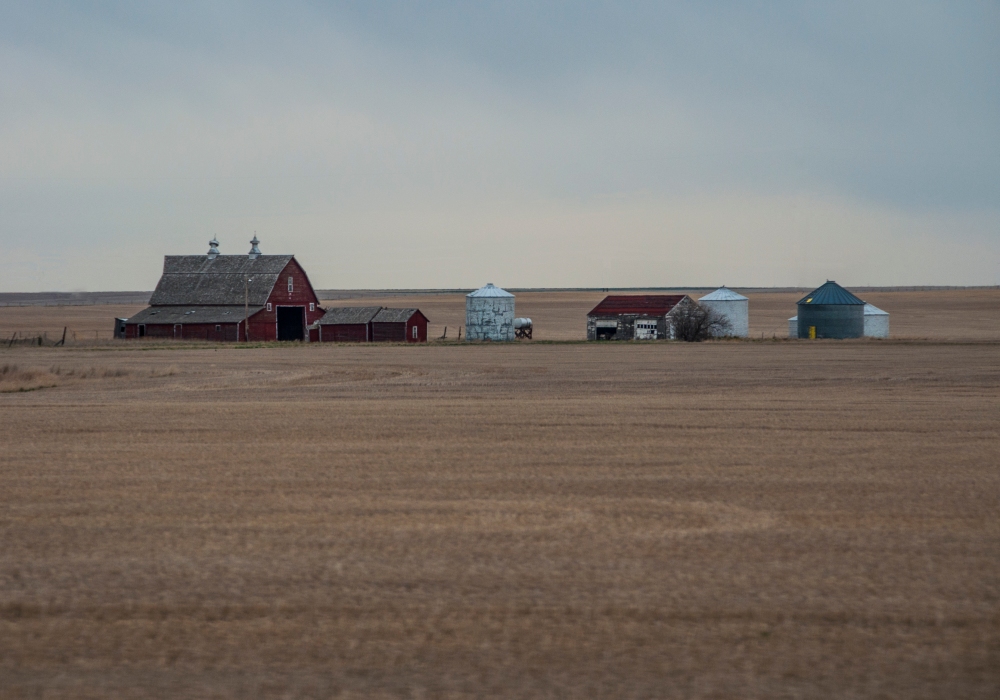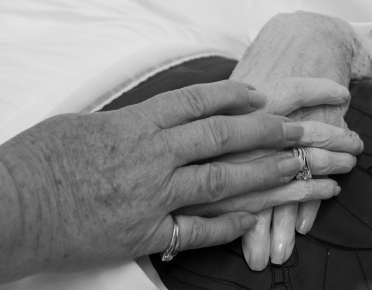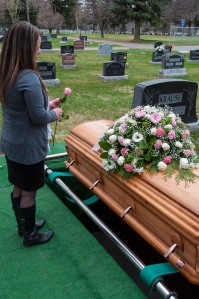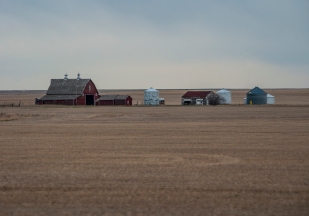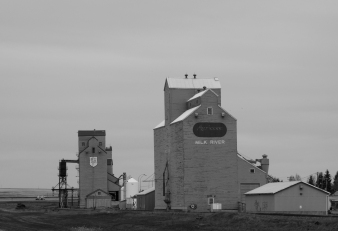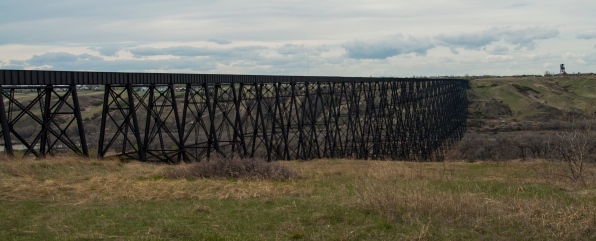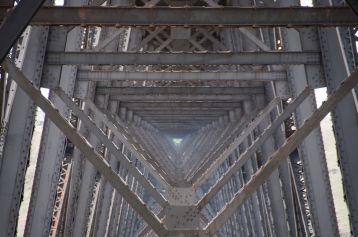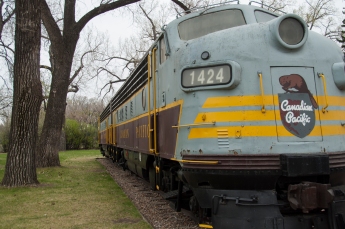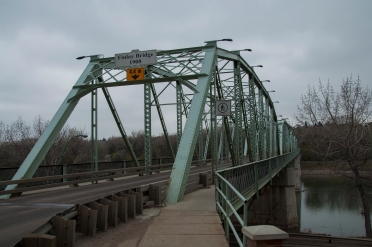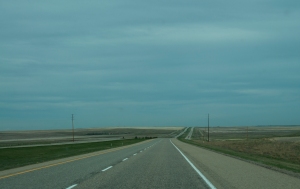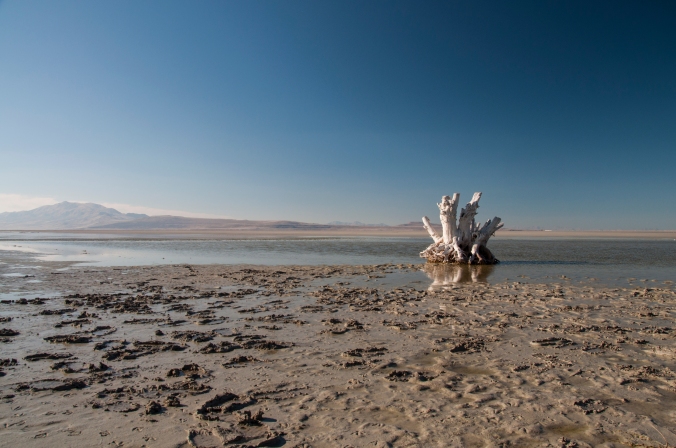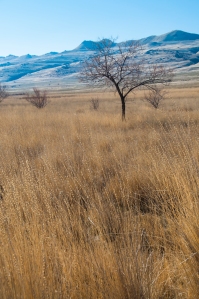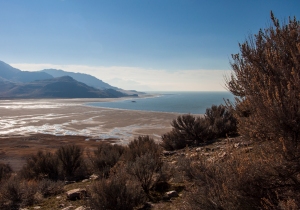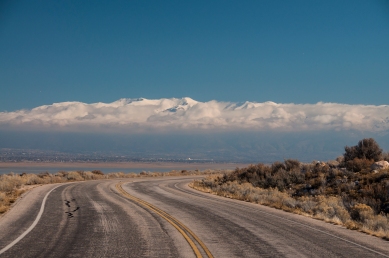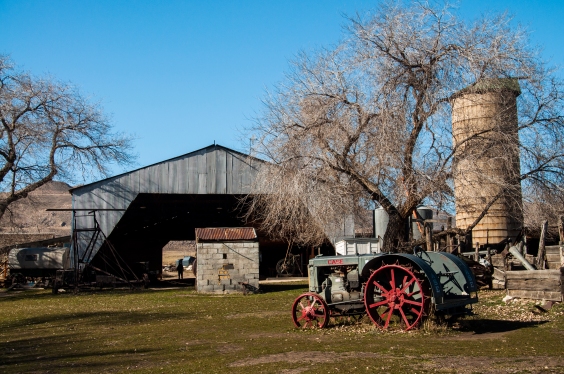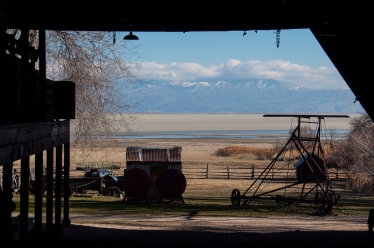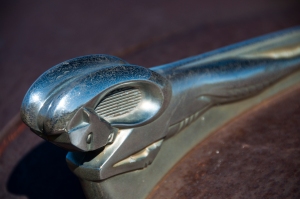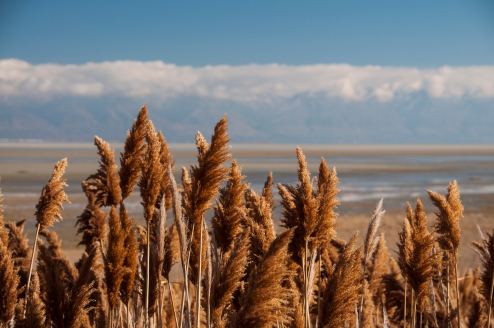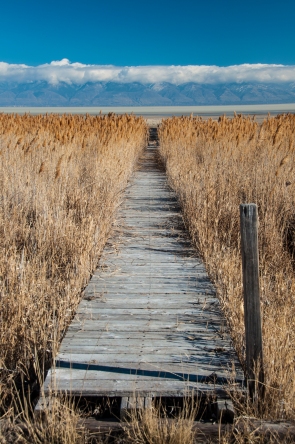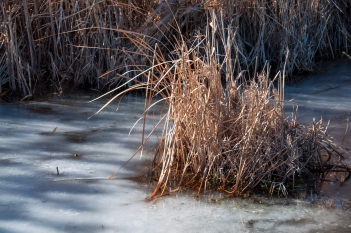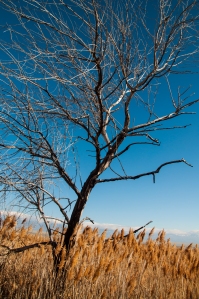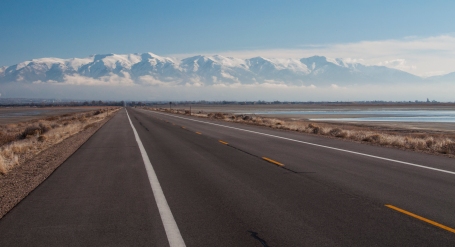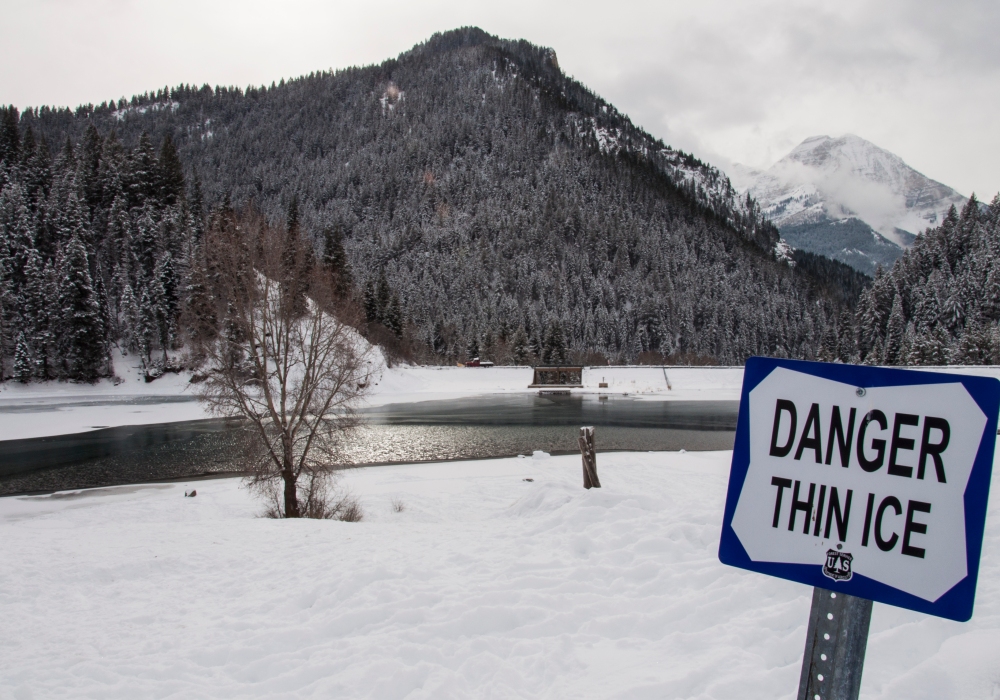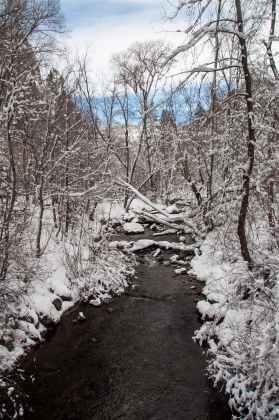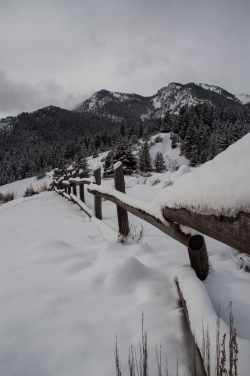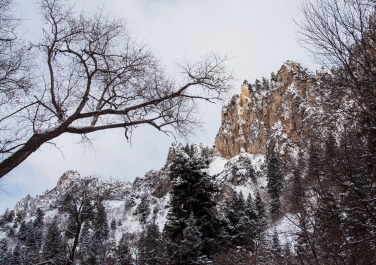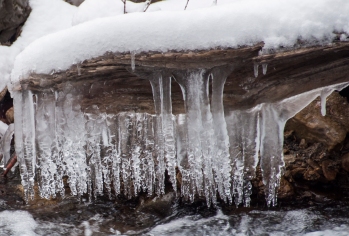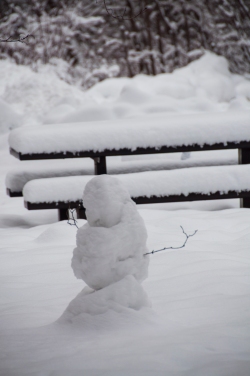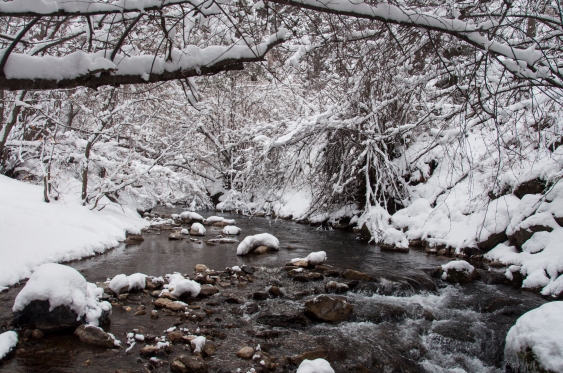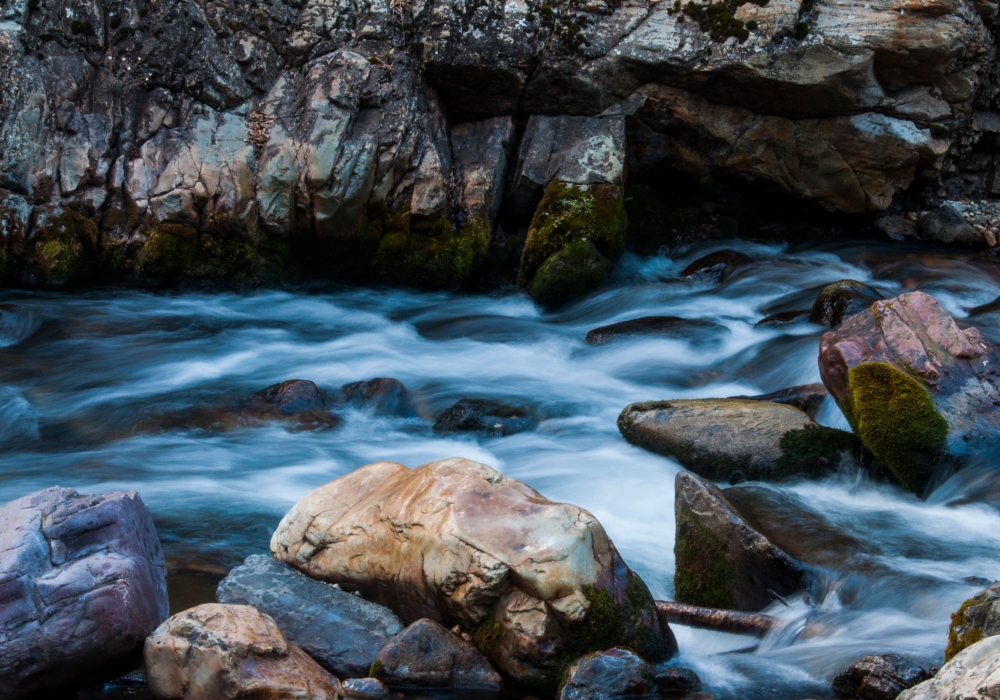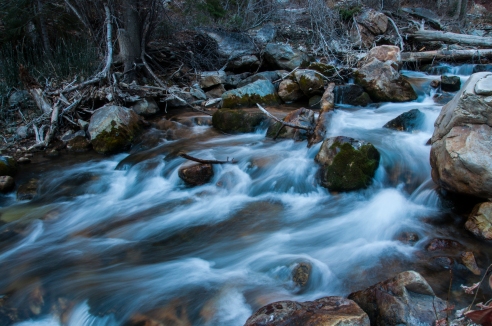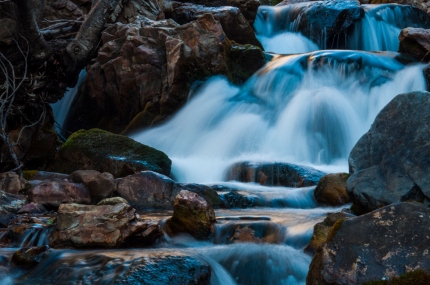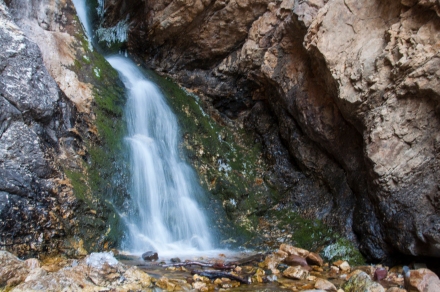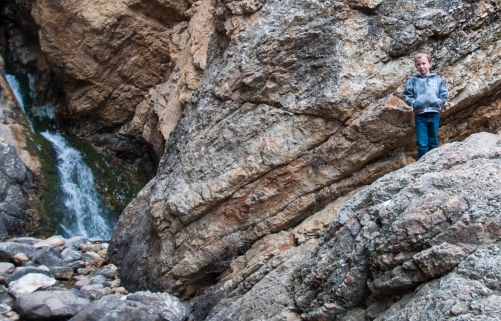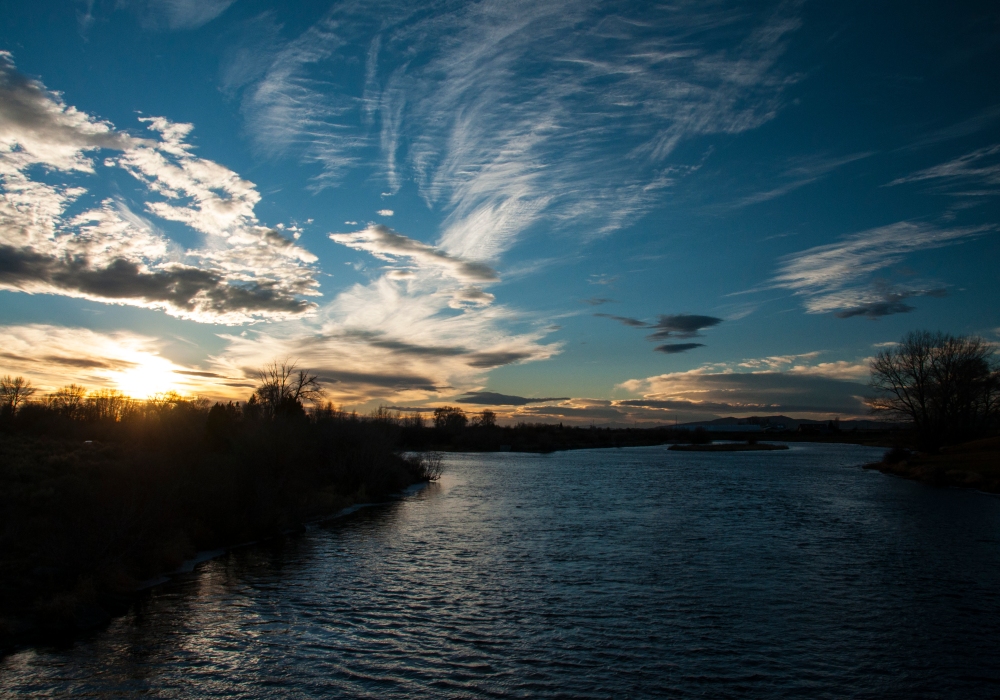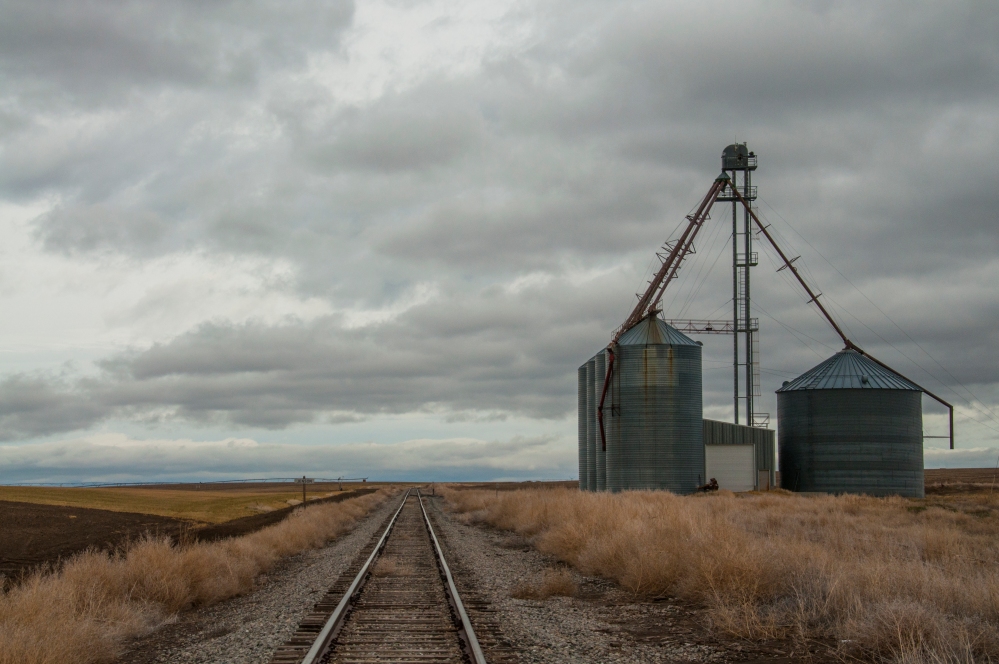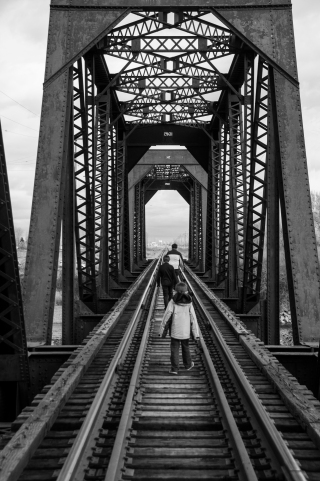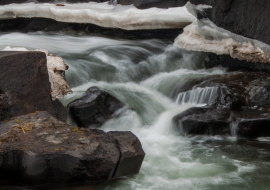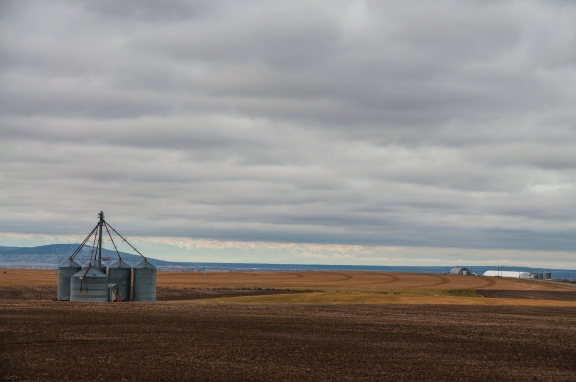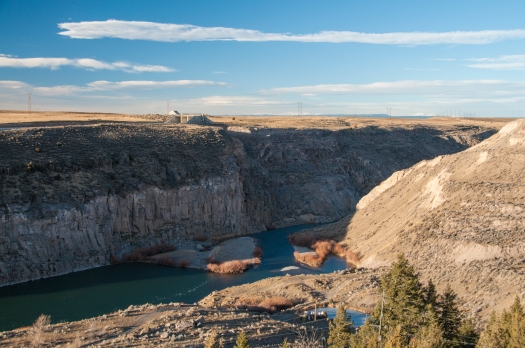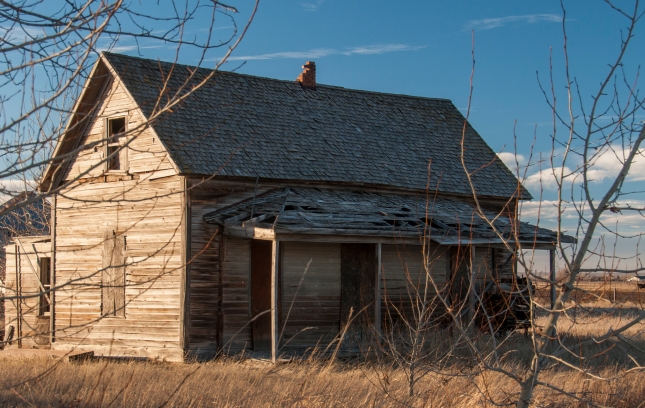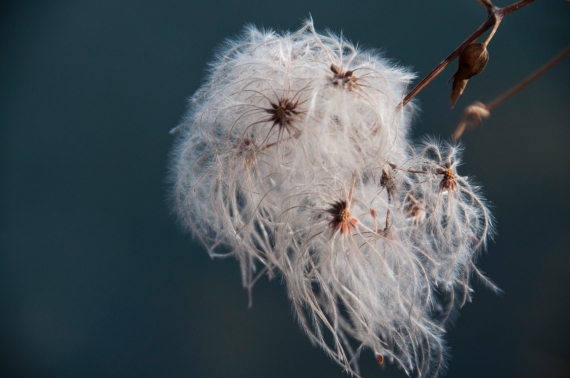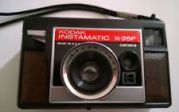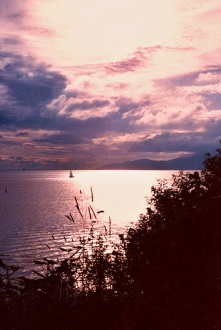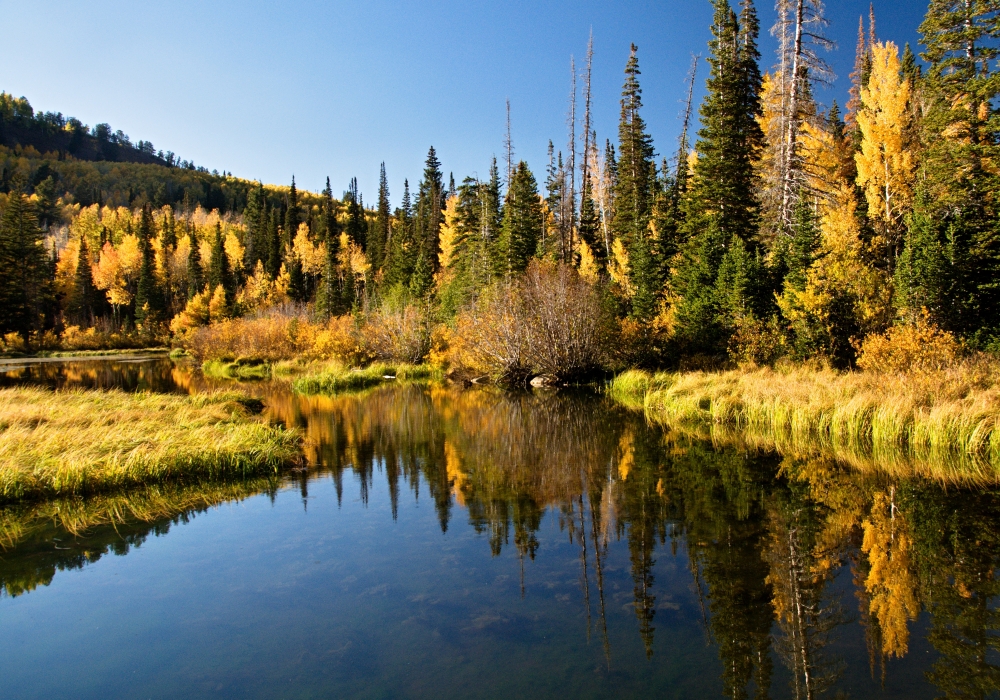
7 Stages of a Photographer
Its pretty aggravating when life gets in the way of what I really want to do – shoot photos and write about them. Then again, so much of what I shoot and write is driven by life experiences. I’ll spare you the mundane details of the past year+ of divorce, moving, dating and losing a good job. Let’s just talk about photography. The Nikon has not been idle during this time, I assure you. In fact, its been some of my best therapy. There’s nothing like a road trip, hike or adventure with camera in hand to soothe stressed nerves and give needed peace and perspective.
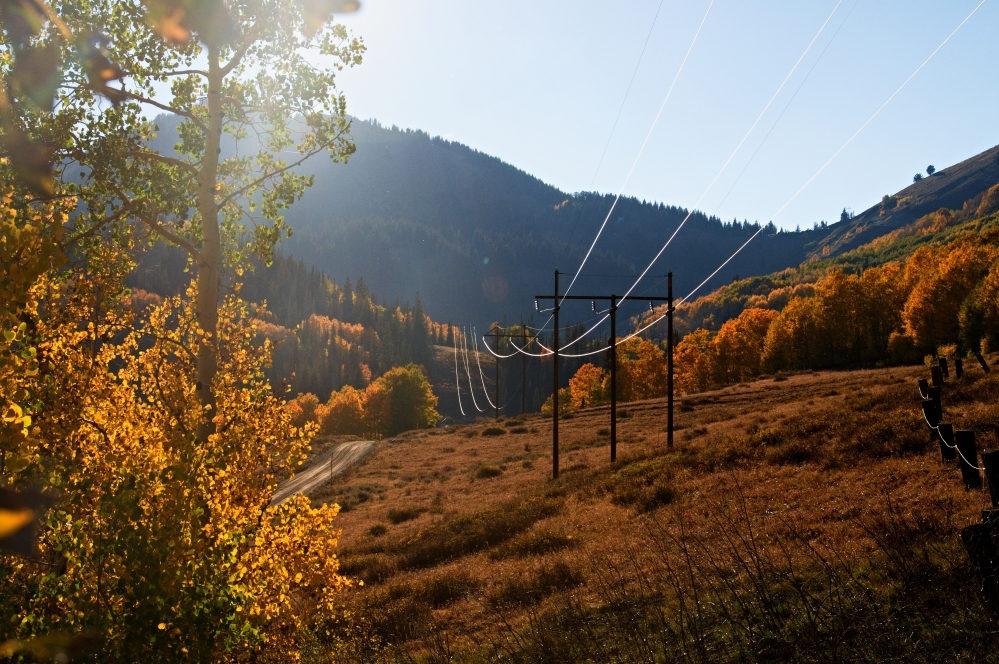
I read an article recently read a blog post titled The 7 Stages of a Photographers Development. I have been taking photos since I was 10 years old (that’s 30+ years for those who are keeping score). I have loved the technical and creative aspects of photography from day one. I’ve had some great teachers and mentors along the way. My dad, who put that first camera in my hands during family road trips to keep me entertained and to save himself from unending “are we there yet?” pestering. My high school photography teacher who taught me very little about actual photography, but showed me that I didn’t want to be a pretentious, photography snob.My point is, in over 30 years I have progressed through most of these stages. I now hover somewhere on the border of Stage 6 and Stage 7. It is Stage 7, The Photographer Expressing Things that intrigues me.
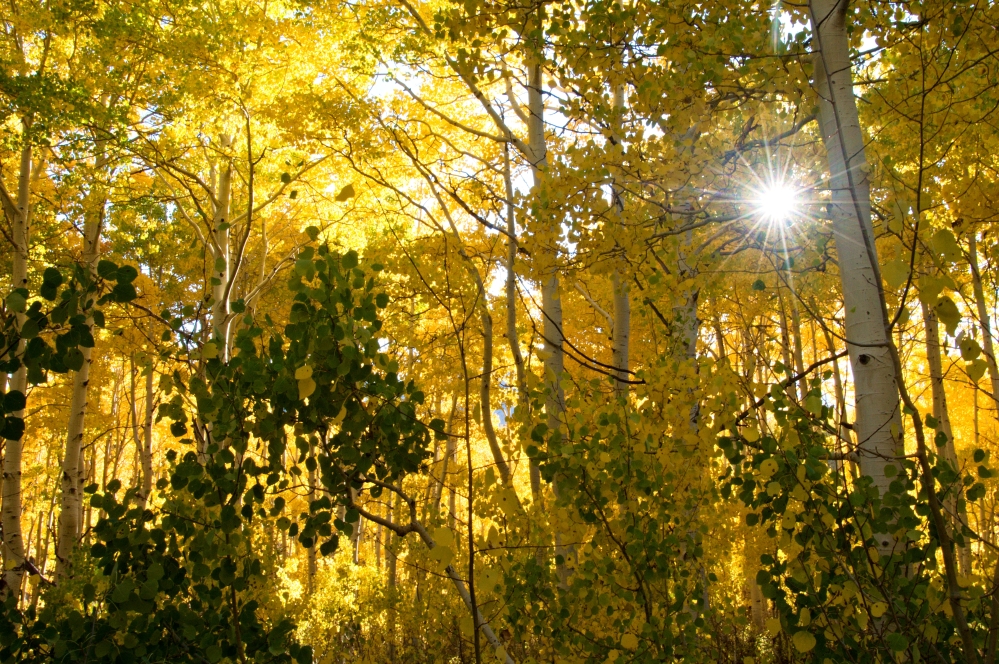
Stage 6: The Photographer Who Sees the World as if Through a Camera is very familiar to me. I was at an amusement park last weekend; standing in line for a ride and found myself wishing I had my DSLR. DSLRs aren’t very compatible with roller coasters so I had to settle for my camera phone.
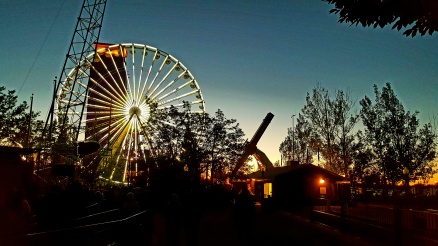
Not bad for a camera phone shot while standing in line at an amusement park. Lagoon, Farmington, Utah
It turned out pretty well, but the point is, spending 3/4 of my life behind a camera has trained me to always be looking for the right composition, great contrasts and just the right light.
The Photographer Expressing Things – what exactly does that mean to me? My first thoughts were of sad, tragic photos of malnourished children in war-torn places. While I appreciate the skill and emotion those photos convey, its not my style. So, does my style express things? Does it evoke emotions?
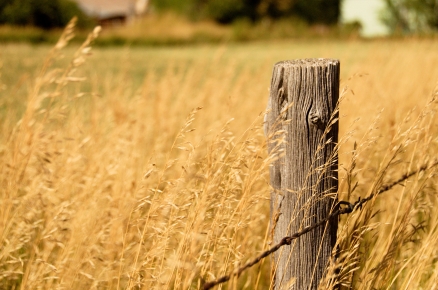
After some thought I have come to the conclusion that the answer to those questions is very individual. Do my photos convey a feeling to you? They certainly bring emotions to me, but I was there. I experienced that moment. For me, they are looking glass back to a memorable moment. I hope they are more than just nice to look at. If not, that’s okay. What’s most important to me is that my viewers enjoy my work.
